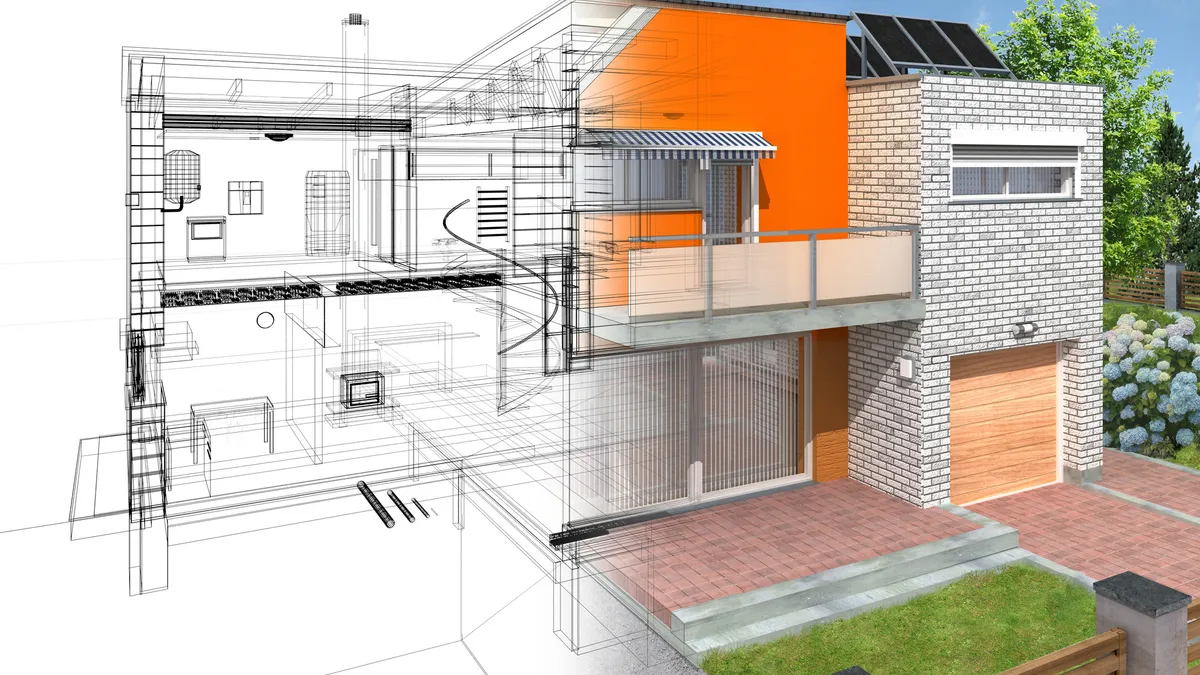Dive Brief:
- The global market for computer-aided design (CAD) in civil engineering and construction is expected to grow 9% from 2018 to 2022, driven by a need to automate the design process, according to a new Technavio report, “Global CAD Market in the Civil and Construction Industry 2018-2022."
- CAD software allows end users to identify and mitigate design errors at an earlier stage of the process, according to a Technavio statement. The research firm predicts a market expansion of $357 million from 2017 to 2022, as more construction and engineering firms aim to prevent rework and improve their ROI.
- The report identified a gradual shift from 3D to 4D CAD software, which represents both a project model and schedule, as an “emerging trend” that will drive more growth in the market. Such software, the firm said, allows for cost savings in construction projects by flagging issues that might lead to delays or rework.
Dive Insight:
Long gone are the days of drafting project drawings by hand. CAD tools aid drafters by allowing for more accuracy and precision which, in turn, benefits contractors by reducing the chance of design errors that require rework. Some have estimated that rework costs amount to as much as 5% of a contract's value, or $250,000 per every $5 million spent on the project.
Another advantage inherent to CAD software is the digitization and centralization of project documents. With 4D models, in particular, project stakeholders can access up-to-date design documents and understand how a project will (or should) evolve as time progresses.
A McKinsey & Co. study found that large construction projects take 20% more time than was scheduled and can be as much as 80% over budget due to the industry's "slow pace of digitization." As contractors increasingly digitize their design, scheduling, performance management and other workflows, they can expect to "improve efficiency, timelines, and risk management," the study found.














